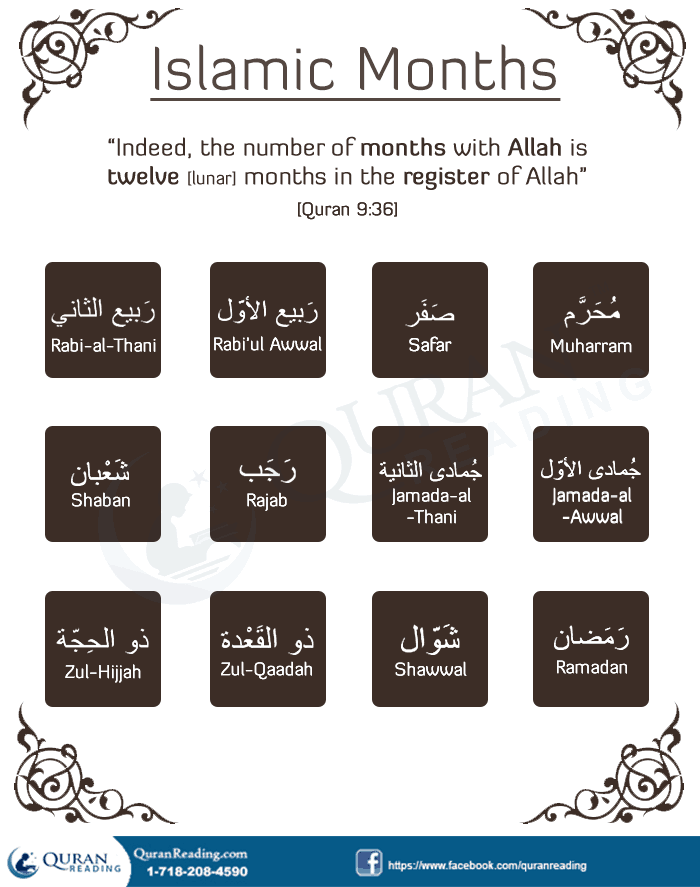

The hijrah thus occurred on 1 Muharram 1 according to the Islamic calendar, which was named " hijri" after its epoch. Umar chose as the epoch for the new Muslim calendar the hijrah, the emigration of the Prophet Muhammad and 70 Muslims from Makkah to Madinah, where Muslims first attained religious and political autonomy. This gives the lunar year 354 days, 11 days fewer than the solar year. It would be lunar, and it would have 12 months, each with 29 or 30 days. He therefore decided to create a calendar specifically for the Muslim community. Not only that, calendars used by the Persians, Syrians and Egyptians were identified with other religions and cultures. The Quran, in Chapter 10, Verse 5, states that time should be reckoned by the moon. There were two other reasons Umar rejected existing solar calendars. The names of the months in that calendar have continued in the Islamic calendar to this day and would seem to indicate that, before Islam, some sort of lunisolar calendar was in use, though it is not known to have had an epoch other than memorable local events. In central Arabia, the course of the year was charted by the position of the stars relative to the horizon at sunset or sunrise, dividing the ecliptic into 28 equal parts corresponding to the location of the moon on each successive night of the month. On the eve of Islam, the Himyarites appear to have used a calendar based on the Julian form, but with an epoch of 110 BC.

In South Arabia, some calendars apparently were lunar, while others were lunisolar, using months based on the phases of the moon but intercalating days outside the lunar cycle to synchronize the calendar with the seasons.

In pre-Islamic Arabia, various other systems of measuring time had been used. Although all were solar, and hence geared to the seasons and containing 365 days, each also had a different system for periodically adding days to compensate for the fact that the true length of the solar year is not 365 but 365.2422 days. Egypt used the Coptic calendar, with an epoch of August 29, AD 284. Syria, which until the Muslim conquest was part of the Byzantine Empire, used a form of the Roman "Julian" calendar, with an epoch of October 1, 312 BC. The Sasanids, the ruling dynasty of Persia, used June 16, AD 632, the date of the accession of the last Sasanid monarch, Yazdagird III. Each of these calendars had a different starting point, or epoch. But Persia used a different calendar from Syria, where the caliphate was based Egypt used yet another. Correspondence with military and civilian officials in the newly conquered lands had to be dated. This was first of all a practical matter. In AD 638, six years after the death of the Prophet Muhammad, Islam's second caliph Umar recognized the necessity of a calendar to govern the affairs of the Muslims. Patterns of Moon, Patterns of Sun The Hijri Calendar


 0 kommentar(er)
0 kommentar(er)
